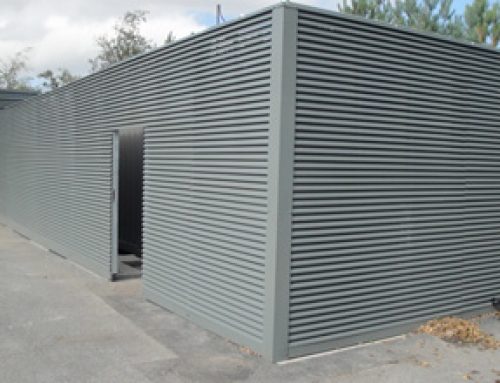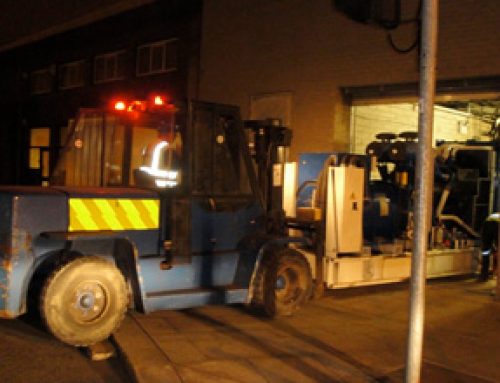Fuel is naturally unstable with its quality and chemistry being continuously degraded by transportation, storage from refinery to user, oxidation, heat & pressure of engines, pumps & injectors, and by water & microbial contamination. Even when fuel is still clear and bright, microscopic fuel components agglomerate forming larger clusters and organic compounds. Eventually filters clog and sludge (algae, gum, tar, varnish, wax, etc.) accumulates in storage tanks.
To understand the source and nature of this material it is helpful to know a little about how Diesel Fuel and other distillate products are made in today’s modern refineries. In the “old days” (15 – 25 years ago) processing of crude oil into the light distillate products we all know as petrol, kerosene, home-heating oil, jet fuel, and diesel was basically done through heating the crude oil. At different boiling points, the various fractions of the crude were evaporated then condensed and sent to a storage tank for distribution. The distillate product, diesel fuel included, were fairly stable products with shelf life measured in the several months range.
The residual oil left over after the distillation process, approximately 50% of the barrel of crude that we start with is the very heavy oils that are used for large ships and power plants along with other industrial applications e.g. manufacture of products such as plastics, pharmaceuticals, nylon, asphalt, etc.
The refining process is different today as demand for these light distillate products has increased rapidly forcing new ways to extract more of them from the crude oil. Catalytic or chemical cracking now allows the refiner to make more of the valuable lighter distillates from each barrel of crude leaving only about 16% of the residual as heavy fuel oils. Environmental concerns have resulted in additional treatment of diesel for example to lower sulphur content. This also contributes to instability of today’s fuels.
Diesel fuel refined with these new methods is far less stable than that made with simple distillation and can result in more rapid deterioration in the form of solids precipitating to make sludge. Key fuel components such as paraffin’s and asphaltenes begin to oxidize and re-polymerize resulting in dark coloration, clogged filters and tank sludge that is commonly called “algae”. In reality this stuff is actually wax and asphalt.
When this condition is present the fuel does not combust rapidly causing a loss of engine efficiency. When the exhaust valves open, still smoldering fuel clusters become smoke & soot leaving carbon buildup in the engine and exhaust system. Eventually when it precipitates to the bottom of the tank or is trapped in your filter these key components cannot contribute to transferring the energy in the fuel into powering the engine.
So the cause of the so called “algae” is simply the result of ageing fuel which can occur in as little as 60-90 days and depending on the cleanliness and maintenance of the tanks in which it is kept, possibly even sooneThe results of using fuel in this condition include:
- Tank Sludge that must be removed manually or dissolved with chemicals
- Clogged filters that must be replaced(and disposed of)
- Incomplete combustion
- Smoking engines
- Carbon Deposits in the engine
- Shortening the life of major engine components (read expensive)
- Dirty engine Oil
- Poor engine performance
Traditional technologies used to protect engines from poor quality fuel include filtration to remove particulate e.g. dirt & sludge, separation of water content and the use of biocides to control microbial activity which can contribute to more rapid formation of solids. Equipment to provide this protection is still necessary however what many operators are seeing is a much shorter life of the filter elements resulting in more frequent filter changes. This is due to the paraffin’s and asphaltenes (and other fuel components) having re-polymerized or agglomerated to form solids. This will happen even without the presence of microbes so biocides cannot prevent this problem from occurring
Biodiesel
Biodiesel is becoming more popular as an alternative fuel. There are many diesel vehicles already on the roads using this type fuel. Made from new or waste vegetable oil or animal fats, biodiesel can be a domestically-grown and produced fuel that can be mixed with petroleum diesel fuel to help cut emissions and particulates. Biodiesel can be mixed with petroleum diesel in any percentage from 1 to 99 which is represented by a number following a B. For example, B5 is 5 percent biodiesel with 95 percent petroleum, B20 is 20 percent biodiesel with 80 percent petroleum, or B100 is 100 percent biodiesel, no petroleum.
Some of the advantages are:
- Cleaner than diesel: Biodiesel reduces emissions of carbon monoxide, carbon dioxide, sulfur dioxide and particulate matter.
- Renewable: its plant based therefore what is used can be re-grown.
- Support of local agriculture: It’s another way to support your farmer.
- Longer engine life: Biodiesel is a natural lubricant.
- Can have a different exhaust smell
Disadvantages:
- May require special handling in cold weather.
- Slightly less energy content than diesel fuel.
- Tends to deteriorate non-synthetic or natural rubber fuel system parts (hoses, seals).
- Depending upon the state of engine tune, there can be slightly higher levels oxides of nitrogen in exhaust emissions.
Handling & Safety
Biodiesel is biodegradable – up to 4 times faster than petroleum diesel – and non-toxic. It will not spontaneously ignite under normal circumstances since it has a high flash point. It can have a mild and rather pleasant odor.





